Best of 2014: Cutest, weirdest and most bizarre animal stories of the year
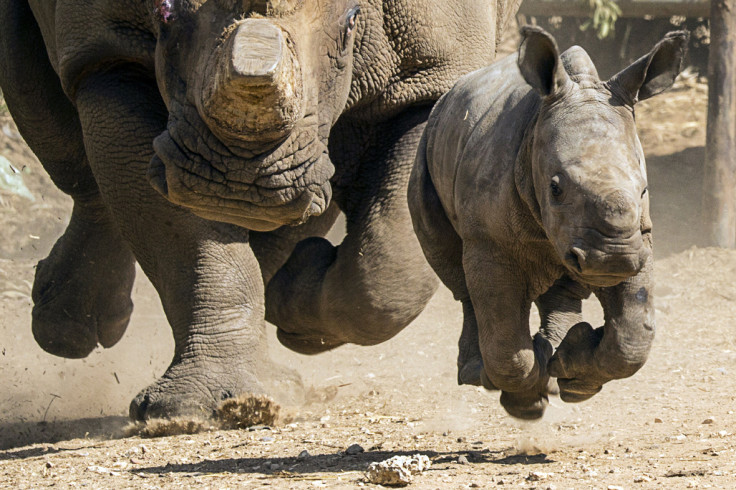
As 2014 draws to a close, IBTimes UK has rounded up the best, most bizarre and cutest animal news from the world of science over the last 12 months.
1. Sharks have feelings too
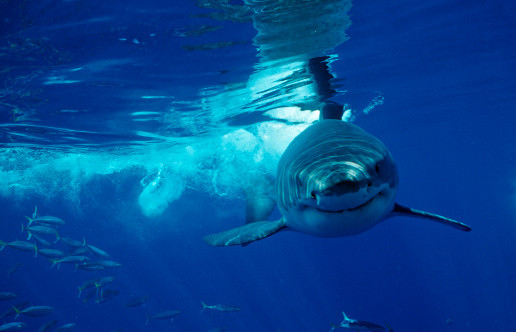
Sharks have personalities – some are shy and solitary while others are more outgoing and boisterous, researchers found in October.
Scientists from the University of Exeter and the Marine Biological Association studied a type of catshark to look at their social interactions by placing them into different situations. Findings showed that some sharks tended to be well-connected in all habitats, while others stayed on their own at the bottom of the tanks.
Study author Darren Croft said: "We define personality as a repeatable behaviour across time and contexts ... This study shows, for the first time, that individual sharks possess social personalities."
2. Dogs understand what we say and how we say it

Two studies from 2014 showed how great dogs are at understanding humans. The first showed that dogs process voices in the same way humans do, with a dedicated area of their brains for speech that evolved 100 million years ago – when dogs and humans shared their last common ancestor.
Following this, scientists from the University of Sussex found that dogs can understand what people are saying and how they are saying it by reading emotional tones and gender information.
Study author Victoria Ratcliffe told IBTimes UK: "They are paying attention to what you're saying to them. They are getting more from us than we previously thought."
3. World's biggest spider scientist sent death threats
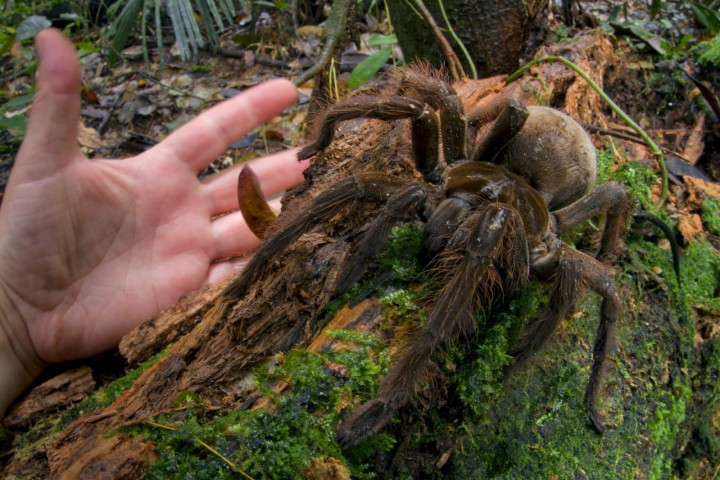
2014 was a good year for big spider news. In September, experts said that UK spiders are getting bigger as a result of increased food supply, while "giant green-fanged" spiders invaded homes across the country.
However, a little further afield in South America, an entomologist ended up receiving death threats after photographing a "puppy-sized spider" and collected the creature as a specimen for a museum (so killed it).
Speaking to NPR about the backlash, he said: "I have received quite a bit of negative reactions to the fact that we scientists have to collect specimens occasionally. I would like to emphasise that we never do it lightly and this is probably the most unpleasant part of our job. But unfortunately, there's really no other way to look inside of an organism."
4. Elephants are sensitive souls

Elephants have been found to console and reassure one another when distressed by touching and making vocalisations. Experts from Emory University in Atlanta studied elephants for a year and found that when one elephant displayed signs of stress, the others would got to its side and use its trunk to touch its face.
They also found elephants make high, chirping sounds to reassure one another – which experts believe is akin to the sound a human might make to a baby or child.
Elephant feelings also made headlines when one was released from captivity in India after 50 years. Raju had been starved and tied up with spiked chains since he was a calf and when released he began crying: "The team were astounded to see tears roll down his face during the rescue. It was so incredibly emotional for all of us," Pooja Binepal, from Wildlife SOS UK, said. "We knew in our hearts he realised he was being freed."
5. Goldfish brain surgery
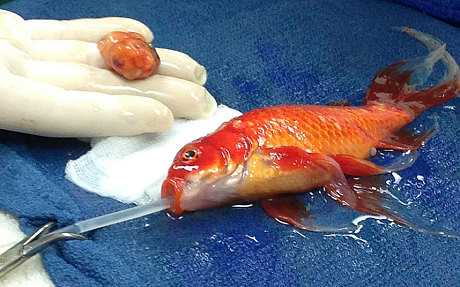
A10-year-old goldfish in Australia underwent surgery in September to remove a life-threatening tumour from its brain. The fish, named George, recovered well from the surgery and was quickly "up and about and swimming round".
George's owner paid £125 for the surgery after he started getting bullied by the other fish. Vets went on to say there is no reason George will not live for another 20 years.
6. Dolphin to English translator being developed
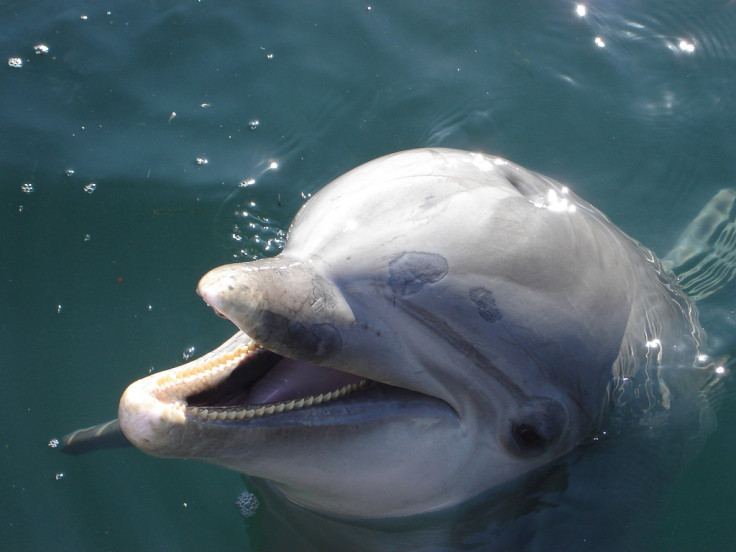
Scientists are currently trying to create a dolphin-to-English translator that changes dolphin whistles into human speak. Denise Herzing, director of the Wild Dolphin Project, has spent 28 years living and tracking three generations Atlantic spotted dolphins to try to work out what the creatures talk about.
Working with researchers at the Georgia Institute of Technology, scientists developed the world's first prototype dolphin translator. The machine has four symbols that correspond to whistle sounds researchers taught the dolphins to mimic. Microphones then pick up sounds made by dolphins and translates them so the diver can understand what the dolphins are saying.
While still in the preliminary stages, experts hope to soon have a two-way communication system between dolphins and humans.
7. Tigerfish jumps out of water to eat bird
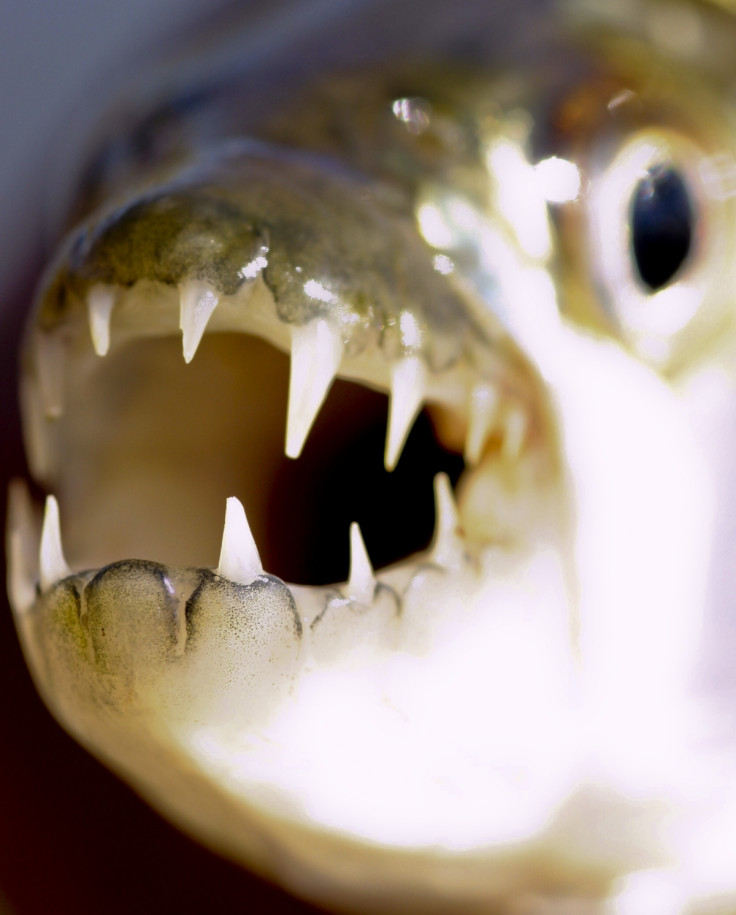
In January, footage was released of a tigerfish jumping out of a lake, grabbing a bird by its wing and dragging it down into a watery grave. Rumours of African tigerfist leaping from the water up to one metre have circulated for over 70 years, but evidence has always been lacking.
Nico Smit, director of the Unit for Environmental Sciences and Management at North-West University in Potchefstroom, told Nature magazine: "The whole action of jumping and catching the swallow in flight happens so incredibly quickly that after we first saw it, it took all of us a while to really fully comprehend what we had just seen."
8. Adorable baby penguin robots used to study colonies in Antarctica
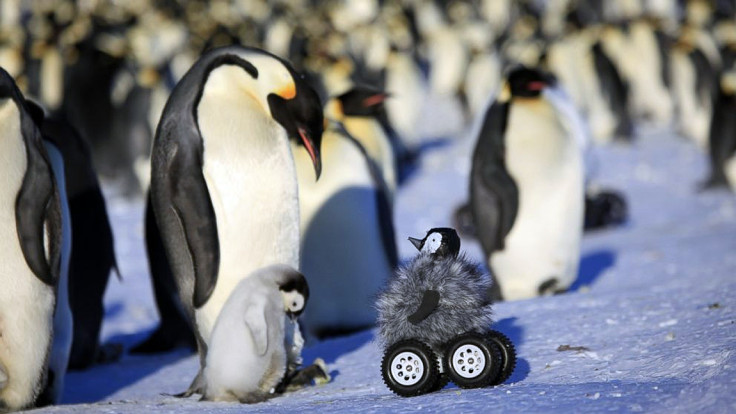
Baby penguin bots were created by a group of European scientists in order to study shy Emperor penguins in Antarctica earlier this year. Publishing their findings in the journal Nature Methods, researchers said the penguin robots meant they could get far closer to the animals than ever before.
Over just one year, researchers believe the total amount of data collected was equivalent to spending five years studying the creatures without the robots.
9. Dogs poo in line with Earth's magnetic field

Published in the journal Frontiers in Zoology, scientists analysed the body orientation of 70 dogs of different breeds while relieving themselves in the open air. After observing 7,000 toilet breaks, researchers realised that the results aligned with small variations of the geomagnetic field.
The emerging picture of the analysis of the categorized data is as clear as astounding: dogs prefer a body-alignment along the magnetic north-south axis, but only during periods of calm magnetic field conditions," the author said. "After taking into account all other factors the researchers concluded that with this discovery they provide clear indication of a magnetic sense in our four-legged friends."
10. Autopsy of rare megamouth shark

An extremely rare megamouth shark was caught off the coast of Japan in May – thought to be only the 58<sup>th sighting of the creature of the deep. After being caught by accident at a depth of about 2,600ft, scientists invited over 1,000 people to a museum in Shizuoka City to watch a public autopsy of the shark.
Measuring 13ft in length and weighing around 1,500lbs, the megamouth is now on display at the Marine Science Museum in Shizuoka.
© Copyright IBTimes 2025. All rights reserved.






















